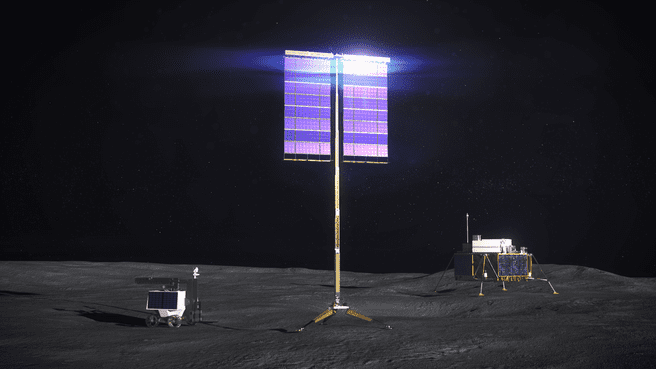Core tip: The 0.5°C increase in Arctic temperature since 1980 can be explained by the reduction in European sulfur emissions. They found that starting from the summer, the solar radiation gradually increased, and the ocean and atmosphere transported more heat to the polar regions, which led to the gradual reduction of sea ice cover, and ultimately promoted more heat to be released into the atmosphere in autumn and winter.

A report published online by “Nature-Earth Science” stated that from 1964 to 2010, the cooling effect caused by aerosol emissions in the atmosphere masked a third of the heat generated by the temperature rise related to greenhouse gas emissions on land. One. Another report shows that, in a larger area, Europe’s pollution, especially the reduction of sulfur emissions, has significantly contributed to the warming of the Arctic in the past 30 years.
Historically, the emissions of sulfate aerosols and greenhouse gas emissions have occurred at the same time. The increased concentration of sulfate aerosols in the atmosphere will lead to a colder climate and a weakening of solar radiation, thereby partially covering up the warming effect brought by greenhouse gases.
Trude Storelvmo and others analyzed the observational data of greenhouse gas concentration, temperature and surface radiation at 1,300 locations around the world. This method is completely independent of previous assessment methods based on climate model simulations. They believe that the temperature changes between 1964 and 2010 can be used to distinguish between those caused by rising greenhouse gas concentrations and those caused by changes in aerosol concentration. Using this method, the researchers assessed and found that the cooling effect of aerosols compensates for one-third of the global warming effect, and when the carbon dioxide concentration reaches twice the pre-industrial level, the global temperature will be higher than the pre-industrial level 2°C.
Focusing on the impact of European air pollution control on the warming of the Arctic, Annica Ekman et al. conducted an earth system model simulation and found that the 0.5°C increase in Arctic temperature since 1980 can be explained by the reduction in European sulfur emissions. They found that starting from the summer, the solar radiation gradually increased, and the ocean and atmosphere transported more heat to the polar regions, which led to the gradual reduction of sea ice cover, and ultimately promoted more heat to be released into the atmosphere in autumn and winter.
Thorsten Mauritsen wrote in an article evaluating the study of Ekman et al. “In the end, it was not this short-lived and unstable aerosol cooling effect that caused the Arctic warming, but was caused by long-term greenhouse gases such as carbon dioxide. The resulting warming effect. And this status quo will continue.” (Source: Science Net)











